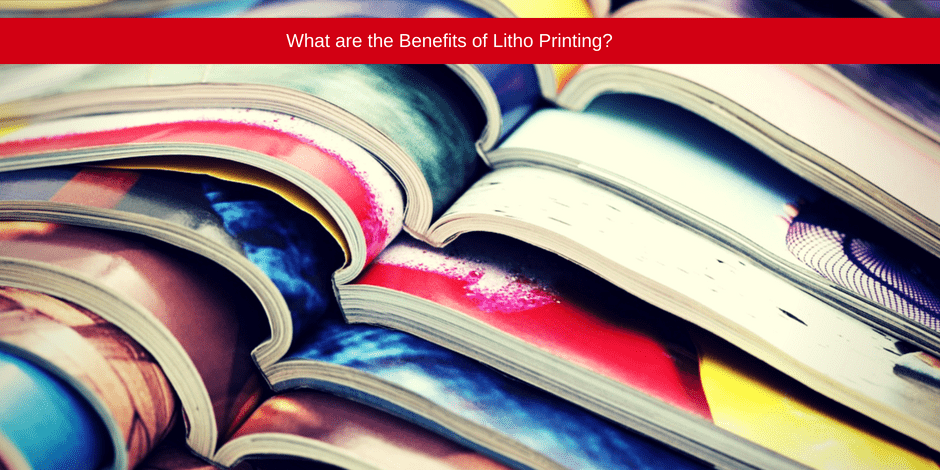What Makes litho printing Excel in the Field
What Makes litho printing Excel in the Field
Blog Article
A Comprehensive Overview to Understanding Litho Printing Techniques
The world of litho printing, a method stemming from the late 18th century, is a remarkable blend of history, scientific research, innovation and art. Keep with us as we journey into the captivating realm of litho printing.
The Historical Advancement of Litho Printing
The historic trajectory of litho printing, an essential development in the realm of communication, is an exciting story of human resourcefulness. The process evolved with the advent of the rotating press, which substantially enhanced performance. Each stage of litho printing's advancement showcases humankind's ruthless pursuit of performance and quality in aesthetic communication.
Deciphering the Scientific Research Behind Litho Printing Inks
Progressing in the expedition of litho printing methods, the focus currently moves to the scientific research behind litho printing inks. The composition of these inks, their drying procedure, and color mixing strategies develop the backbone of this intricate art type. Understanding these components is crucial to grasping the craft and accomplishing the desired print outcomes.
Composition of Litho Inks
In lithographic printing, the fundamental function of litho inks can not be overemphasized. The make-up of litho inks varies depending upon its purpose, yet typically, they include 2 major parts - pigments and vehicles. Pigments, the color-providing elements, are carefully ground particles put on hold in the car, a liquid that carries the pigment onto the printing surface. The lorry is an intricate mix of solvents, resins, and oils, which affect the ink's drying out time, adhesion, and gloss. In addition, different ingredients exist to boost certain homes like flow, drying, and resistance to ecological effects. Each part plays a vital component in the final print's high quality, making the specific formula of litho inks an elaborate science.
Ink Drying Refine
From the make-up of litho inks, focus transforms to the fascinating process of ink drying. The drying out procedure is critical, as it affects the final print's top quality and durability. 2 main approaches are made use of in litho printing: oxidative drying and absorption. Oxidative drying includes the ink responding with oxygen airborne to form a difficult, completely dry movie. This method provides a durable finish, but can be slower compared to absorption. Absorption, on the various other hand, entails the ink leaking into the paper fibers, which is a much faster procedure yet can bring about much less lively shades. The selection in between these methods is dependent upon elements such as print speed requirements, the paper kind used, and the preferred coating.
Shade Mixing Techniques
While the drying process plays a vital function in litho printing, the science of shade blending strategies holds equivalent significance. This is a complicated process that entails the mindful blending of primaries: cyan, magenta, and yellow, in varying proportions to attain a broad range of tones. The enhancement of black ink, called 'key', aids in controling the strength and deepness of the colors. The scientific research behind litho printing inks likewise takes into consideration the openness of the ink, which impacts just how colors overlay and mix. To attain an efficient shade mix, print professionals should additionally recognize the ins and outs of ink actions, shade concept, and the physical residential or commercial properties of the substratum on which websites the ink is used.
The Art and Style Elements in Litho Printing
Litho printing breathes life into art and design via its special aspects. Litho printing fits a range of colors, allowing artists to develop lively and vibrant prints. This mix of precision and convenience makes litho printing a favored choice for numerous artists and designers.
Modern Applications of Litho Printing Strategies
Litho printing techniques have actually found extensive usage in the modern commercial field. Its impact and relevance continue to expand with the advent of brand-new technologies and innovations in the area. This area will discover these contemporary applications and the transformative role they play in the printing market.
Commercial Litho Printing Uses
Litho printing remains a vital part of the commercial industry. High-volume printing jobs, such as the manufacturing of publications, papers, and packaging, count on litho printing for its capability to provide exceptional photo quality and expense efficiency. Litho printing likewise supplies a broad color spectrum, exceptional to that of digital printing.
Innovations in Litho Printing
Pushing the limits of conventional techniques, contemporary advancements have fueled a host of innovations in litho printing. One famous growth is digital litho printing, which integrates the merits of electronic technology with litho's premium outcome. These advancements underscore the enduring significance of litho printing in the modern-day world.
Exploring the Refine of Litho Printing: Detailed

Obstacles and Solutions in Contemporary Litho Printing

Despite the precision and tradition that litho printing happily supports, it is not without its set of modern difficulties. One of the most prevalent problems include the high first configuration expense, trouble in printing variable information, and environmental worries because of chemical use. However, solutions are becoming technology progresses. Digital litho printing permits economical short runs and easy modification, addressing the concern of variable information. Environmentally-friendly inks and more secure plate-making procedures reduce environmental problems. Additionally, innovations in automation read more have actually reduced labor costs, better democratizing the lithography process. Therefore, while there are challenges, the litho printing sector is proactively adjusting to fulfill them head-on, guaranteeing its significance in the future.
Verdict
In conclusion, litho printing, with its abundant history and clinical intricacies, holds a substantial location in the print sector. The future of litho printing pivots on its capacity to adjust to these altering demands, affirming its long-lasting value in an evolving market.

Report this page